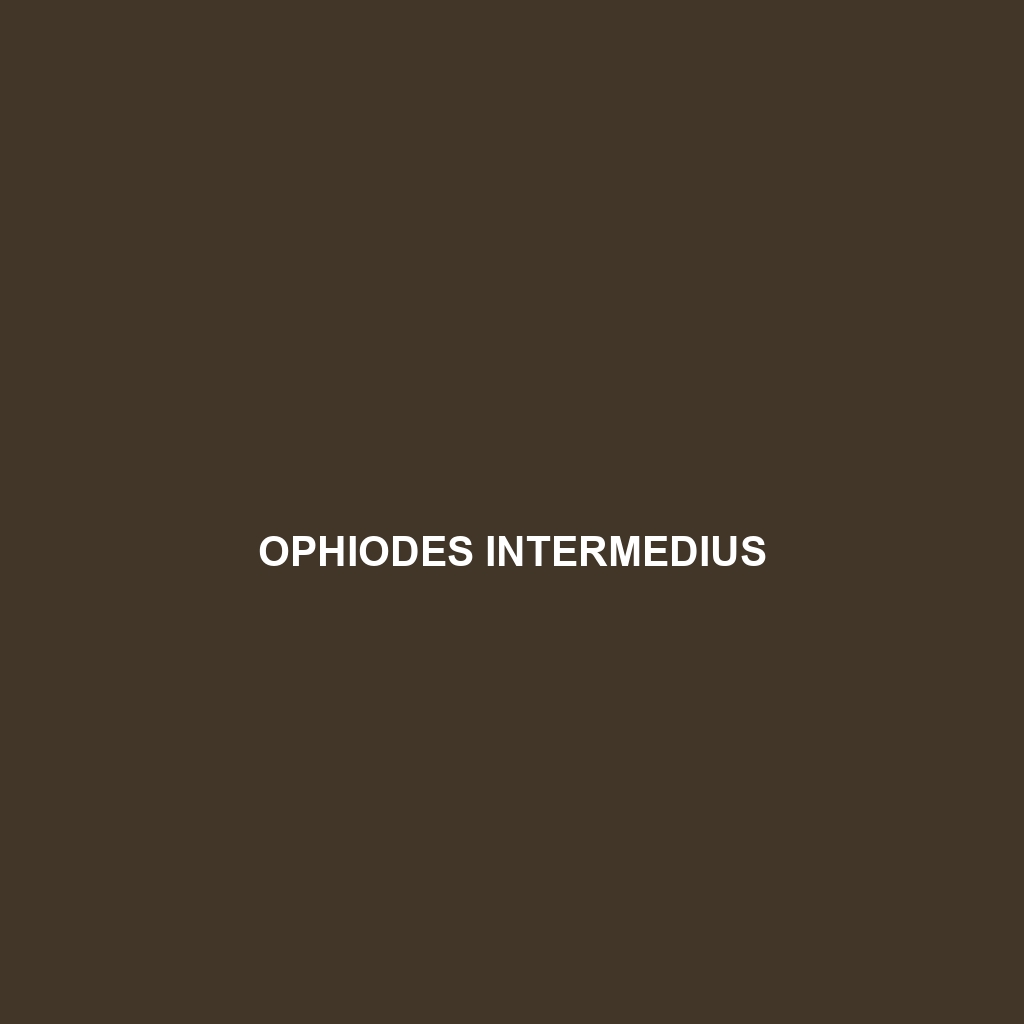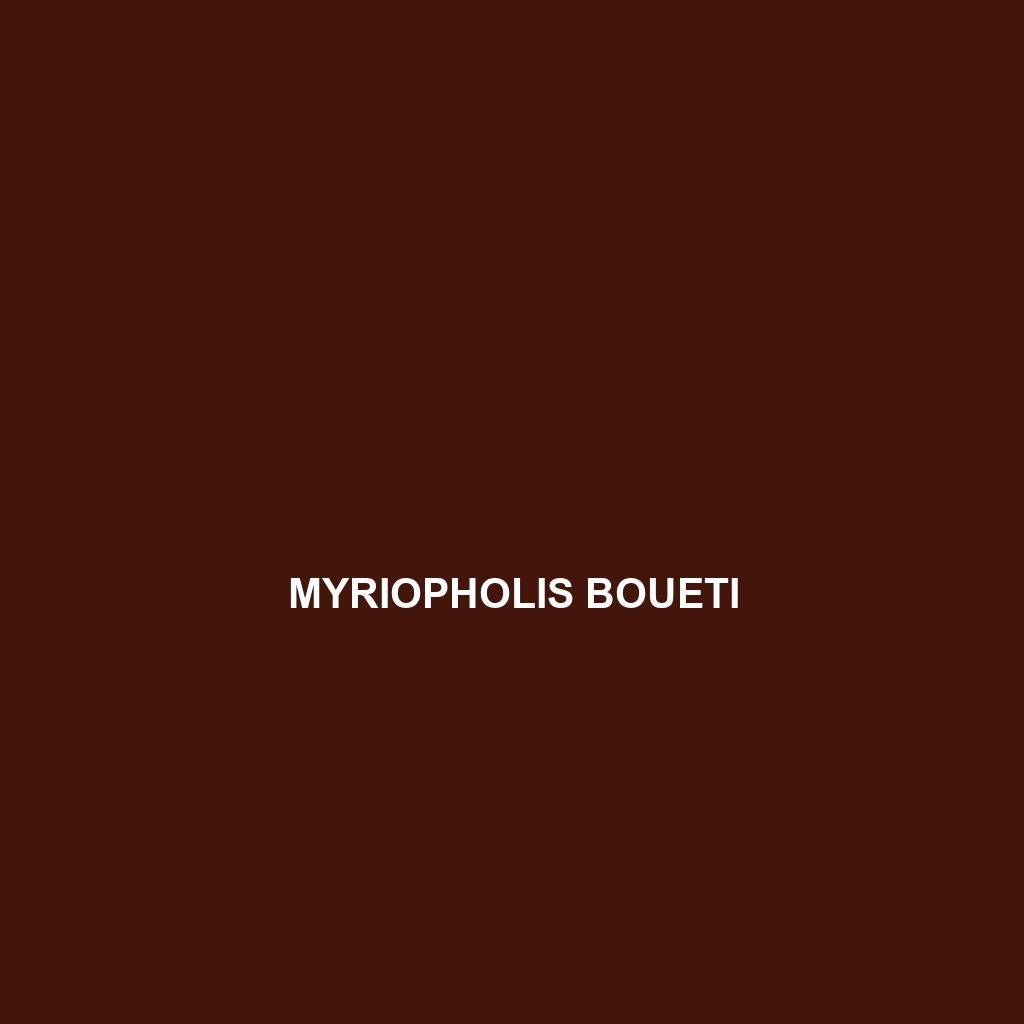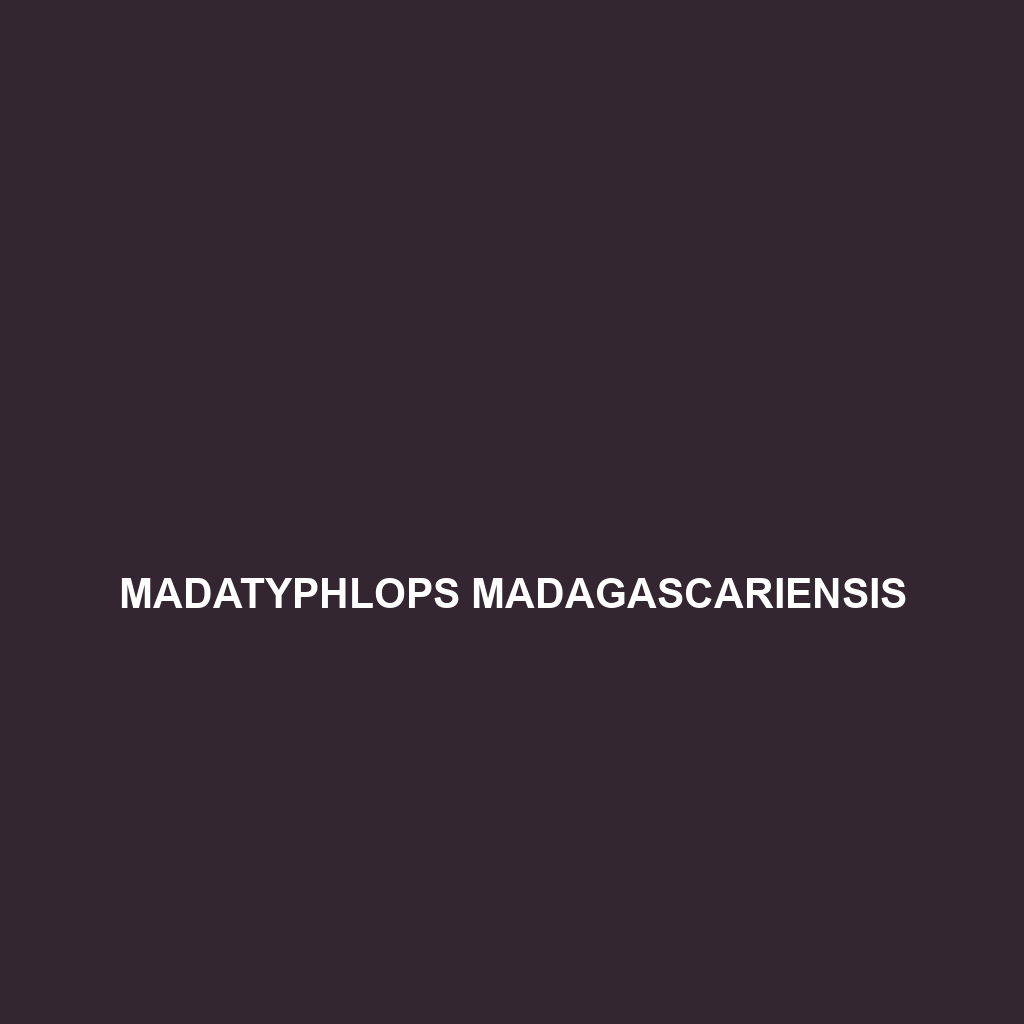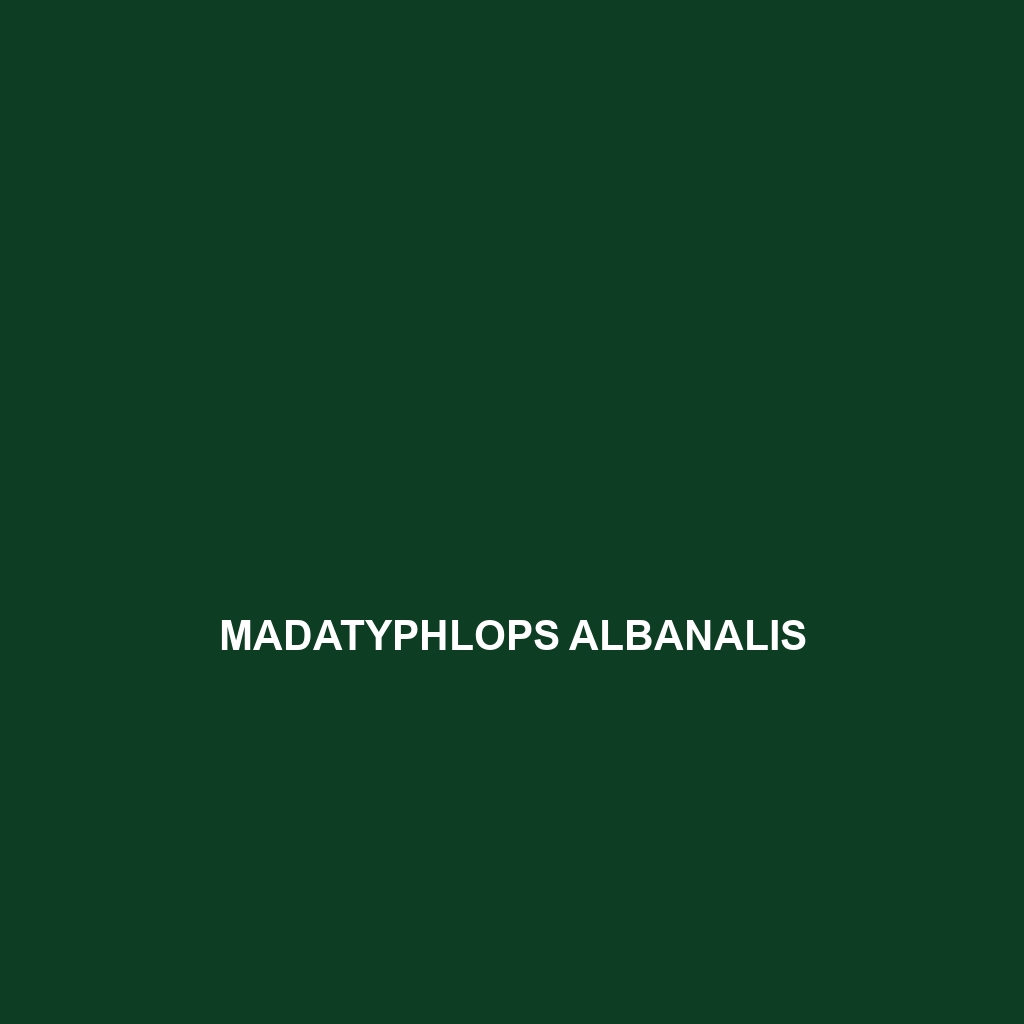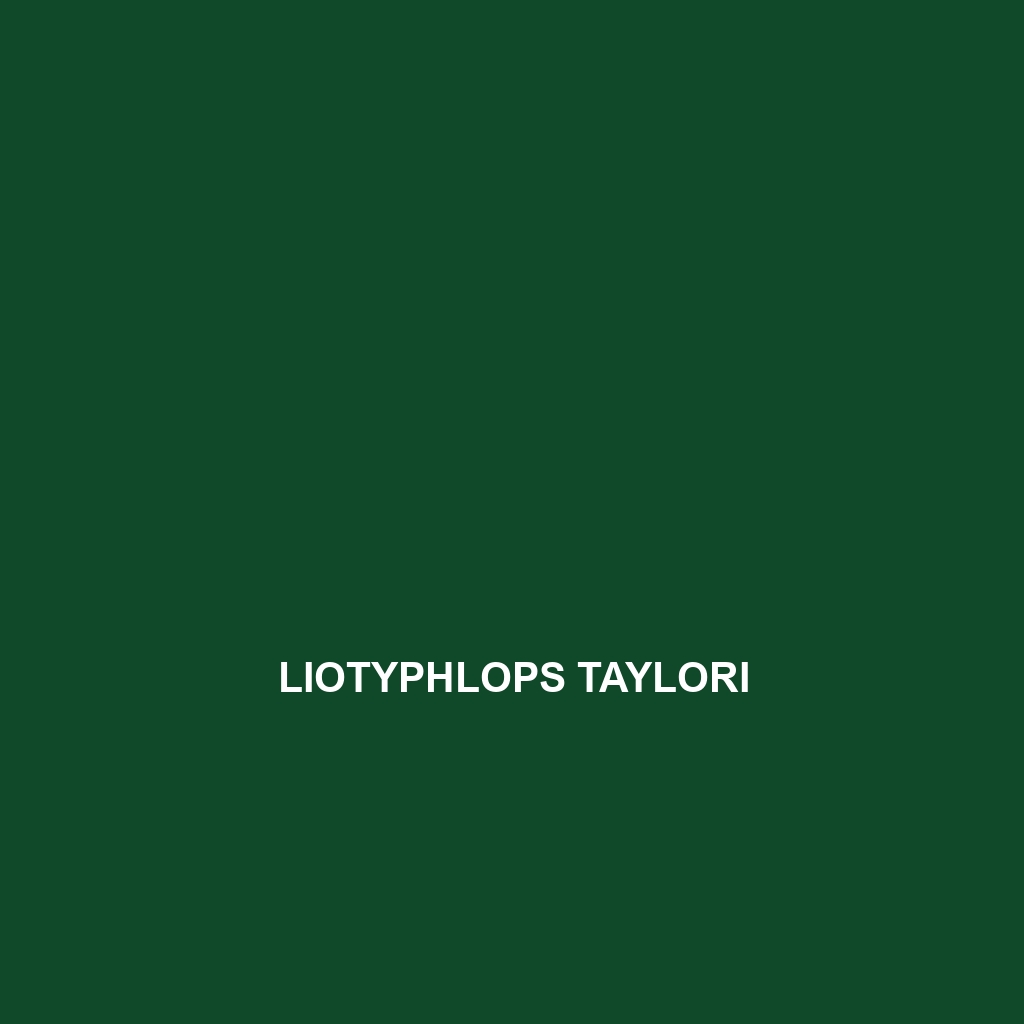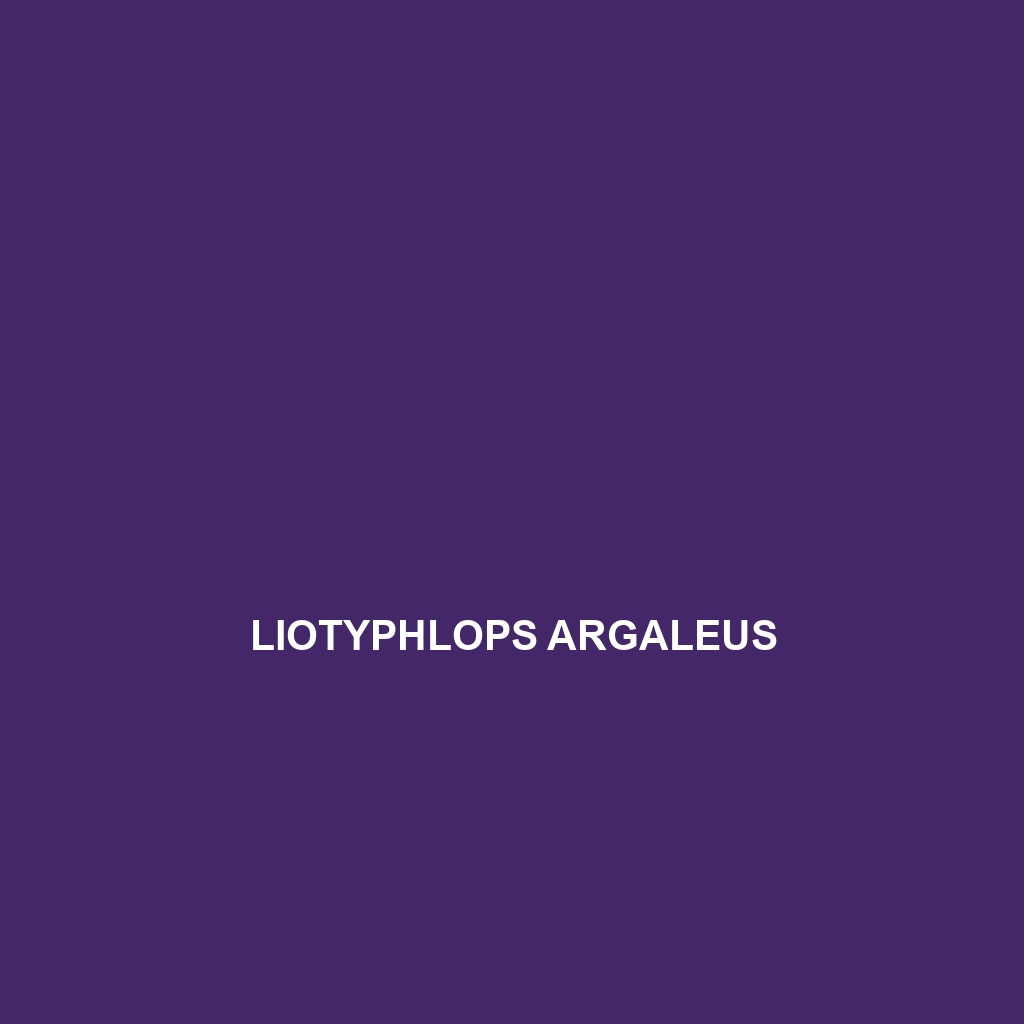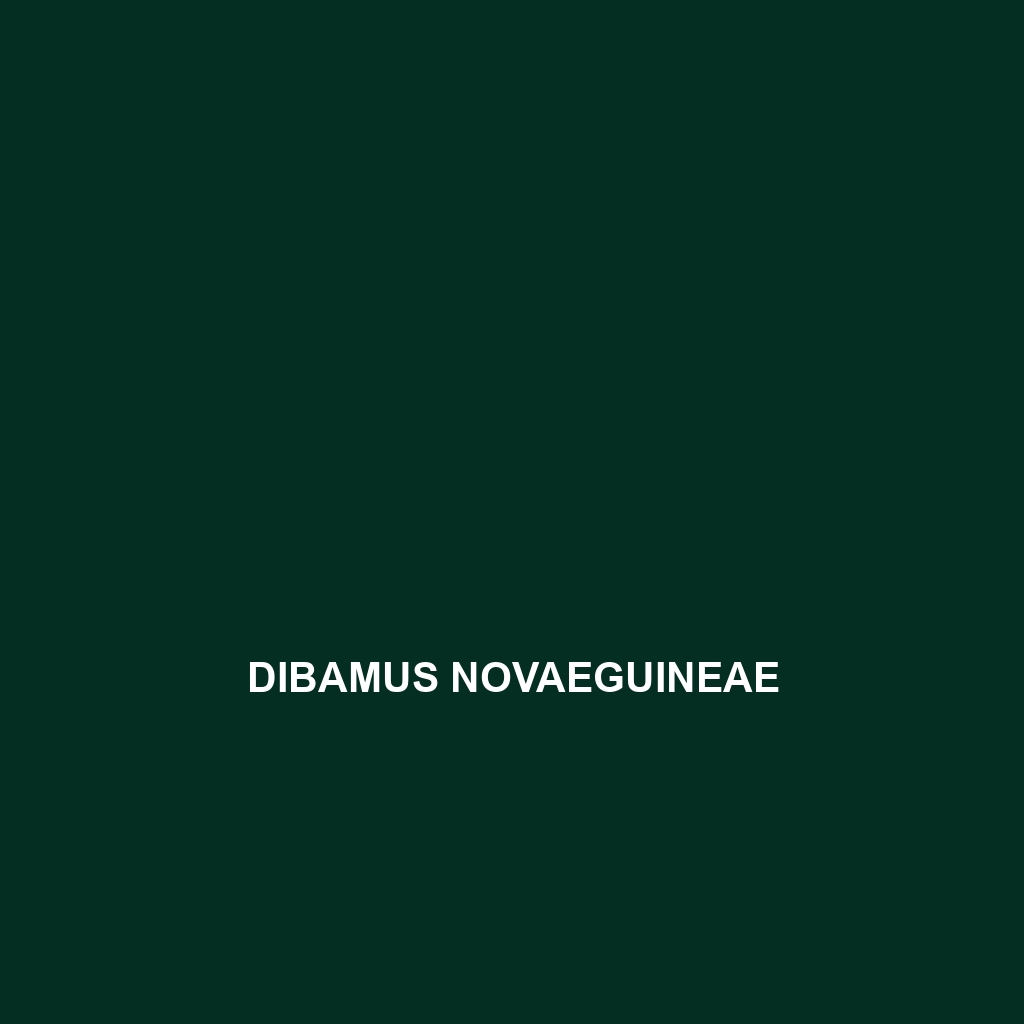Discover the fascinating Ophiodes intermedius, or intermediate worm snake, a slender, nocturnal species thriving in Central and South America's moist tropical habitats. With its unique burrowing abilities and diet primarily composed of small invertebrates, this snake plays a vital role in maintaining ecological balance.
Tag: fossorial species
Myriopholis boueti
<p><b>Myriopholis boueti</b>, a slender worm lizard native to the tropical regions of West Africa, adapts well to diverse habitats and primarily preys on small invertebrates. Known for its distinctive reduced limbs and burrowing behavior, this nocturnal species plays a vital role in regulating insect populations and maintaining ecological balance.</p>
Madatyphlops madagascariensis
The Madagascar blind snake (<i>Madatyphlops madagascariensis</i>) is a fossorial species native to Madagascar, characterized by its elongated body and vestigial eyes, thriving in diverse habitats such as rainforests and savannas. Primarily nocturnal and insectivorous, it plays a crucial role in controlling ant and termite populations within its ecosystem.
Madatyphlops albanalis
Discover the Eastern Blind Snake, or <b>Madatyphlops albanalis</b>, a remarkable fossorial species native to Madagascar's diverse ecosystems. Adapted for a life underground, this insectivorous snake is distinguished by its elongated body, limited eyesight, and unique feeding habits, playing a crucial role in maintaining ecological balance.
Liotyphlops schubarti
Discover the fascinating Liotyphlops schubarti, a fossorial snake native to the coastal restinga ecosystems of southeastern Brazil. These slender, brown snakes play a crucial role in controlling insect populations, primarily feeding on ants and termites, while showcasing unique adaptations for a subterranean lifestyle.
Liotyphlops argaleus
Discover the Argaleus worm snake (Liotyphlops argaleus), a slender, nocturnal insectivore found in tropical rainforests and savannas of South America, particularly Brazil and Paraguay. With its smooth, pale pink to yellowish-brown scales, this fascinating species thrives underground, preying on ants and termites while contributing to its ecosystem's balance.
Epictia tenella
The Epictia tenella, or slender blind snake, is a small, fossorial species native to Central and South America, characterized by its smooth, glossy scales and reduced eyes. This carnivorous snake primarily feeds on soft-bodied invertebrates and plays a vital role in controlling their populations while thriving in humid, leaf-litter-rich environments.
Dibamus tebal
Dibamus tebal, a slender skink native to the tropical forests of Southeast Asia, characterized by its elongated, legless body and sleek, camouflaging skin. This fossorial species plays a vital role in the ecosystem by controlling insect populations while thriving in moist leaf litter and forest undergrowth.
Dibamus nicobaricum
Dibamus nicobaricum, a fossorial snake native to the Nicobar Islands, known for its elongated body, smooth glossy scales, and nocturnal behavior. This species plays a crucial ecological role by preying on invertebrates, while facing conservation challenges due to habitat loss.
Dibamus novaeguineae
fascinating Dibamus novaeguineae, or New Guinea legless skink, a fossorial lizard known for its elongated, limb-less body and vibrant color patterns. Found in the tropical forests of New Guinea, it plays a vital role in controlling insect populations while facing threats from habitat loss.
